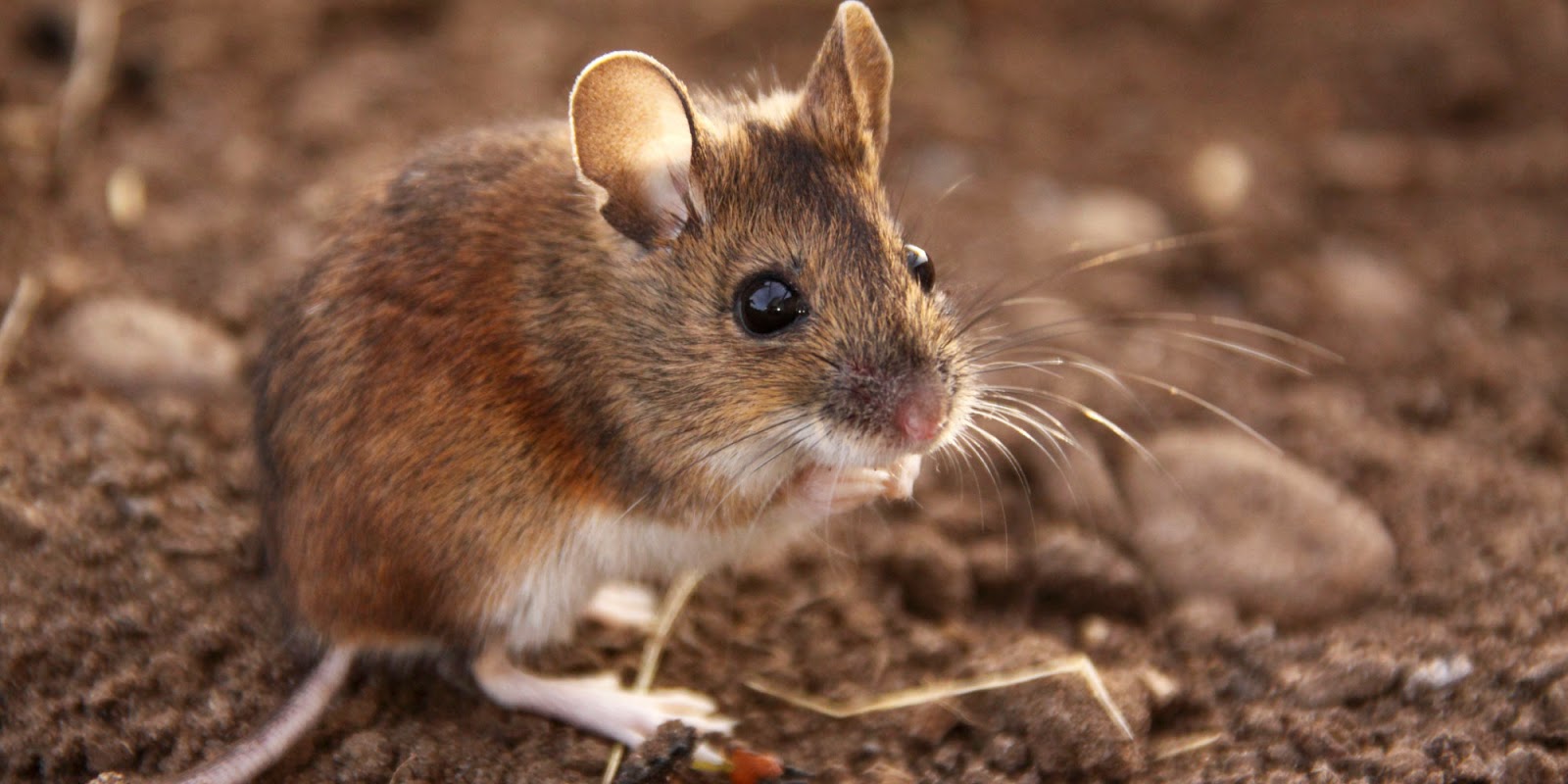The field mouse, a small but fascinating creature, has captured the attention of many nature enthusiasts and researchers alike. Known for its agility and adaptability, this tiny rodent plays a crucial role in ecosystems across different regions. In this article, we will delve into the intriguing life of the field mouse, exploring its habitat, behavior, diet, and even its significance in various cultures. Whether you are a wildlife lover or simply curious about these diminutive mammals, this exploration promises to unveil the remarkable characteristics that make the field mouse a vital part of our natural world.
With a penchant for grassy fields and woodlands, the field mouse thrives in environments that offer shelter and food. Despite its small size, this little creature exhibits an impressive ability to navigate through dense vegetation, making it a skilled forager. From its nocturnal habits to its intricate burrowing skills, the field mouse showcases traits that highlight its adaptability and survival instincts. As we venture further into this article, we will uncover the various aspects of the field mouse's life that contribute to its ecological importance.
Moreover, the field mouse has found a place in folklore and science alike. Its presence in literature and mythology often symbolizes resourcefulness and resilience. As we dissect the nuances of the field mouse's existence, we will also touch upon its interactions with humans and other wildlife. Join us on this journey as we unravel the mysteries of the field mouse, a creature that, despite its size, leaves a significant impact on the earth's biodiversity.
What is the Habitat of a Field Mouse?
The field mouse, scientifically known as Apodemus, is commonly found in a variety of habitats, primarily in temperate regions. These habitats include:
- Grasslands
- Woodlands
- Farmlands
- Meadows
- Hedges
Field mice prefer areas with plenty of cover, such as tall grasses and shrubs, which provide protection from predators. They are also known to create intricate burrow systems that serve as homes and storage for food. These burrows can be quite complex, featuring multiple entrances and chambers to accommodate their lifestyle.
How Does the Field Mouse Adapt to Its Environment?
The adaptability of the field mouse is one of its most remarkable traits. They possess several features that allow them to thrive in various settings:
- Strong sense of smell and hearing to detect predators.
- Ability to reproduce quickly, ensuring population stability.
- Dietary flexibility, allowing them to consume seeds, fruits, and insects.
These adaptations not only help them survive but also make them an integral part of the food chain. As both prey and foragers, field mice contribute to the balance of their ecosystems.
What Do Field Mice Eat?
Field mice are omnivorous, which means they eat a variety of foods. Their diet consists mainly of:
- Seeds and grains
- Berries and fruits
- Insects and other small invertebrates
This diverse diet allows them to thrive in different environments and seasons, making them resilient creatures. They often store food in their burrows to prepare for winter months when food becomes scarce.
What is the Reproductive Behavior of Field Mice?
The field mouse is known for its high reproductive rate. Female field mice can give birth to multiple litters each year, with each litter containing 3 to 8 young. Key aspects of their reproductive behavior include:
- Breeding throughout the year, especially in warmer months.
- Females reach sexual maturity in just a few weeks.
- Young mice are born blind and hairless but develop rapidly.
This reproductive strategy ensures that field mice can maintain their populations despite the numerous predators they face in the wild.
How Do Field Mice Communicate?
Field mice communicate through a variety of vocalizations and body language. They use different sounds to signal alarm, attract mates, or express distress. These communications are crucial for their survival and social interactions. They may also leave scent markings to establish territory or signal reproductive readiness.
What Are the Predators of Field Mice?
Despite their adaptability and agility, field mice face numerous threats in the wild. Common predators include:
- Owls
- Snakes
- Foxes
- Hawks
These predators play a significant role in controlling field mouse populations and maintaining ecological balance.
What Role Do Field Mice Play in Ecosystems?
Field mice are essential to the ecosystems they inhabit. They serve as prey for various wildlife species, thus supporting the food web. Additionally, their burrowing activities help aerate the soil, improving its quality and promoting plant growth. As they forage and store food, they also contribute to seed dispersal, aiding in plant reproduction and diversity.
How Are Field Mice Viewed in Culture and Folklore?
The field mouse has made appearances in various cultural narratives and folklore. They are often depicted as symbols of resourcefulness and resilience. In literature, field mice have been portrayed in children's stories, emphasizing their cleverness and adaptability in the face of challenges. Their humble nature and survival instincts resonate with themes of perseverance, making them relatable characters in many tales.
Conclusion: Why Should We Appreciate Field Mice?
In conclusion, the field mouse is more than just a small rodent; it is a vital component of our ecosystems. Understanding their habitat, behavior, and ecological significance can foster a greater appreciation for biodiversity. As we encounter field mice in our surroundings, let us remember their role in nature and the delicate balance they help maintain. By protecting their habitats and respecting their existence, we contribute to the health of our environment and the preservation of the species that inhabit it.
Article Recommendations
- Jackerman 3d
- Henry Cavill Actor
- Ullu Web Series Actress Name
- David Haydn Jones Wife
- William Zabka Kids Ages
- Who Is Kathleen Turners Partner
- Karoline Leavitt Husband Nick
- Michael C Hall Tv Shows
- Nancy Mace Military Service
- Justin Bieber Age 2024


